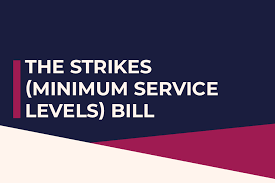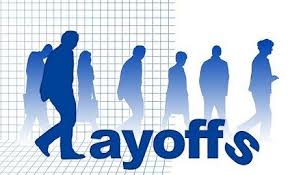Dress Code and Grooming Requirements & Employees' Legal Rights under Employment Law
1. Introduction
In employment law, employers often establish dress codes and grooming requirements to maintain professionalism, protect brand image, ensure safety, or comply with industry standards. However, these rules must balance with employees’ legal rights, including protection against discrimination, religious freedom, gender equality, and privacy. Courts evaluate whether dress and grooming policies are reasonable, non-discriminatory, and consistent with business needs.
2. Employer’s Right to Impose Dress Code
Employers have the managerial prerogative to set standards for dress and grooming in the workplace. These policies may include:
Uniform requirements.
Restrictions on hairstyles, beards, or tattoos.
Rules regarding jewelry or religious symbols.
Gender-specific clothing standards.
Such policies are lawful if they are applied equally to all employees and justified by legitimate business needs (e.g., safety, public image, customer interaction).
3. Employees’ Legal Rights
Employees are protected under employment law to ensure that dress codes do not infringe upon:
Anti-Discrimination Rights
Policies cannot discriminate on the basis of race, religion, gender, disability, or cultural identity.
Religious attire (turbans, hijabs, crucifixes, etc.) must generally be accommodated unless it creates undue hardship or safety risks.
Freedom of Religion
Employers must reasonably accommodate employees’ religious dress and grooming practices under constitutional or statutory protections.
Gender Equality
Dress codes cannot impose unequal burdens on men and women (e.g., requiring women to wear high heels while men are allowed comfortable shoes).
Privacy and Bodily Autonomy
Grooming policies (such as hairstyle restrictions) must not interfere unreasonably with personal identity or cultural expression unless justified.
Disability Rights
Policies must accommodate employees with medical or physical conditions requiring deviation from standard dress (e.g., orthopedic shoes).
4. Judicial Approach & Case Laws
(a) Religious Freedom and Dress Codes
EEOC v. Abercrombie & Fitch Stores, Inc. (2015, U.S. Supreme Court)
An applicant was denied employment because her headscarf conflicted with the store’s “Look Policy.” The Court held that failing to hire due to religious attire amounted to religious discrimination. Employers must accommodate unless there is undue hardship.
Bhinder v. Canadian National Railway Co. (1985, Canada)
A Sikh employee challenged the mandatory hard-hat rule as it conflicted with his turban. The Court upheld the employer’s safety requirement, showing that safety concerns may override religious dress.
(b) Gender Equality in Dress Codes
Jespersen v. Harrah’s Operating Co. (2006, U.S. Court of Appeals, 9th Circuit)
A female bartender was terminated for refusing to comply with a grooming policy requiring makeup. The court ruled in favor of the employer, finding no proof of unequal burden compared to male employees. This case highlights that courts examine whether policies impose unequal burdens between genders.
Schmidt v. Austicks Bookshops Ltd. (1978, UK)
A female employee was dismissed for refusing to wear a skirt. The tribunal held that dismissal was unfair because the requirement was sex-based discrimination.
(c) Cultural and Racial Identity
Rogers v. American Airlines, Inc. (1981, U.S. District Court, New York)
The airline prohibited braided hairstyles. The court dismissed the claim, holding that such a policy was not race-based discrimination. However, this case later sparked legislative change in many jurisdictions, where “CROWN Acts” now protect natural and cultural hairstyles.
(d) Disability Accommodation
Cloutier v. Costco Wholesale Corp. (2004, U.S. Court of Appeals, 1st Circuit)
Employee claimed her religious belief required facial piercings. Costco’s policy prohibited it. The court ruled in favor of the employer, holding that strict dress codes can be justified if based on legitimate business image needs, and accommodation would cause undue hardship.
5. Balancing Test in Law
Courts use a reasonableness and proportionality test:
Is the dress code justified by a legitimate business purpose (safety, branding, professionalism)?
Does it impose a greater burden on one protected group than another?
Can reasonable accommodations be made without undue hardship?
6. Conclusion
Employment law recognizes the employer’s right to maintain a dress code but limits it to ensure that employees’ rights to non-discrimination, religious freedom, gender equality, cultural identity, and disability accommodations are protected. Courts generally uphold policies that are neutral, consistently applied, and supported by legitimate business needs, but strike down those that unfairly target specific groups or impose unequal burdens.









0 comments